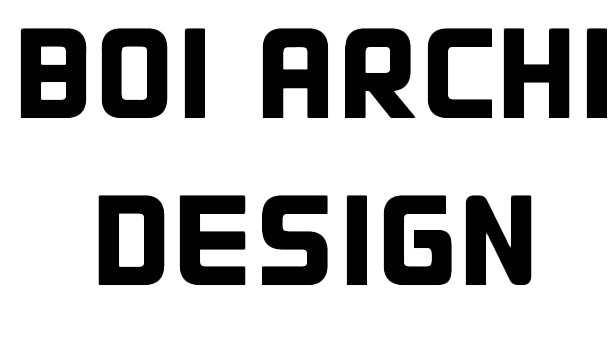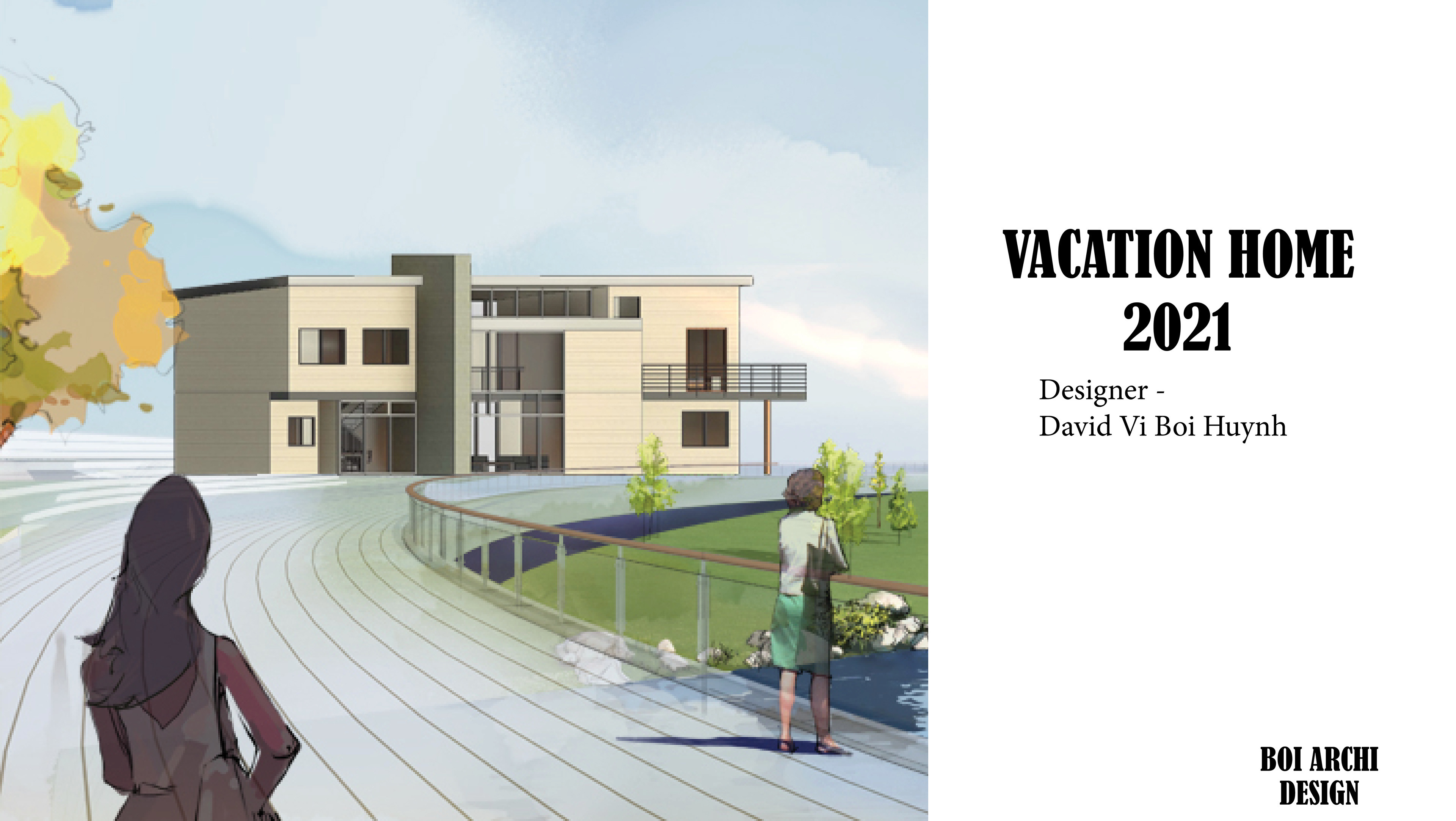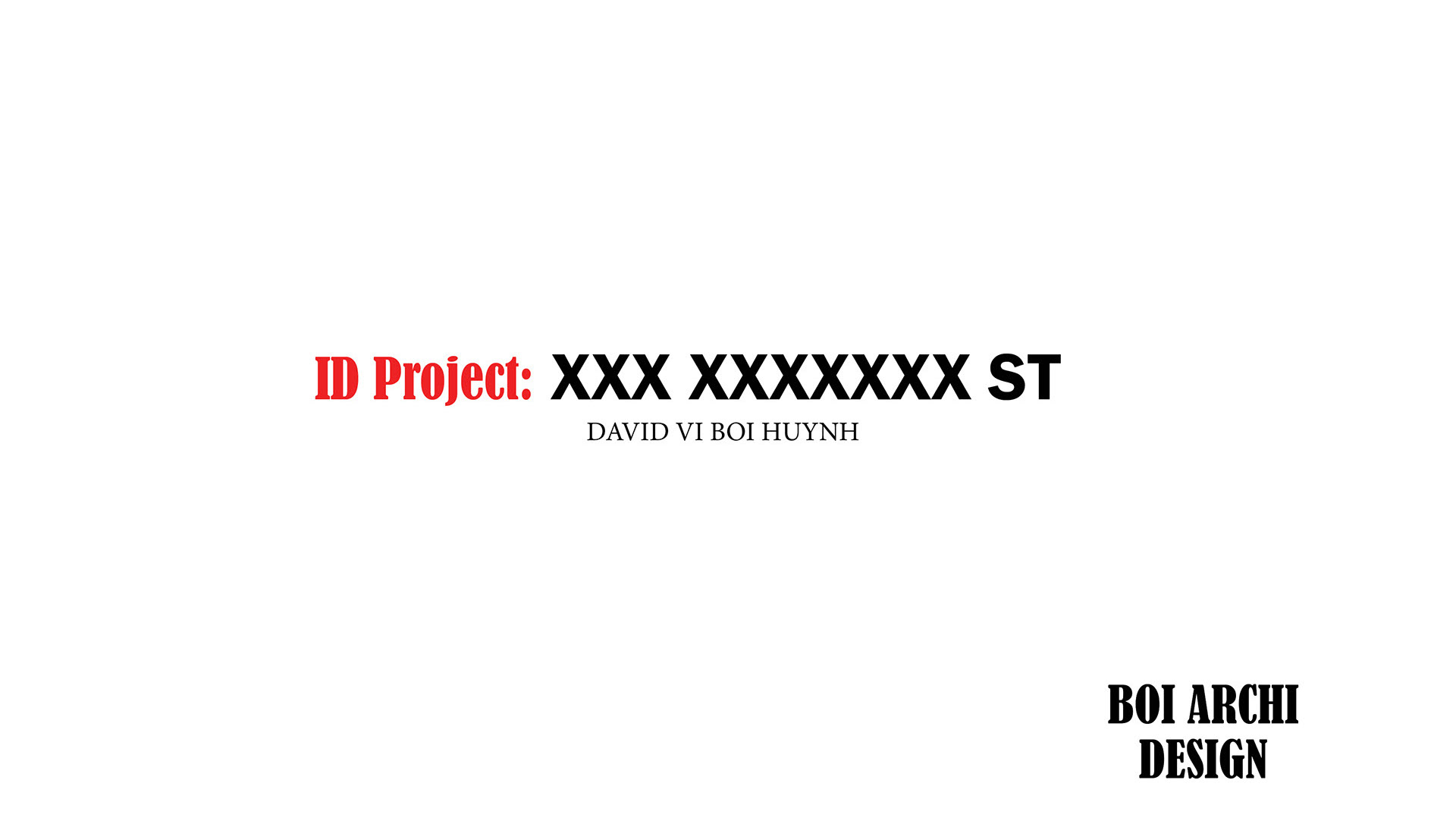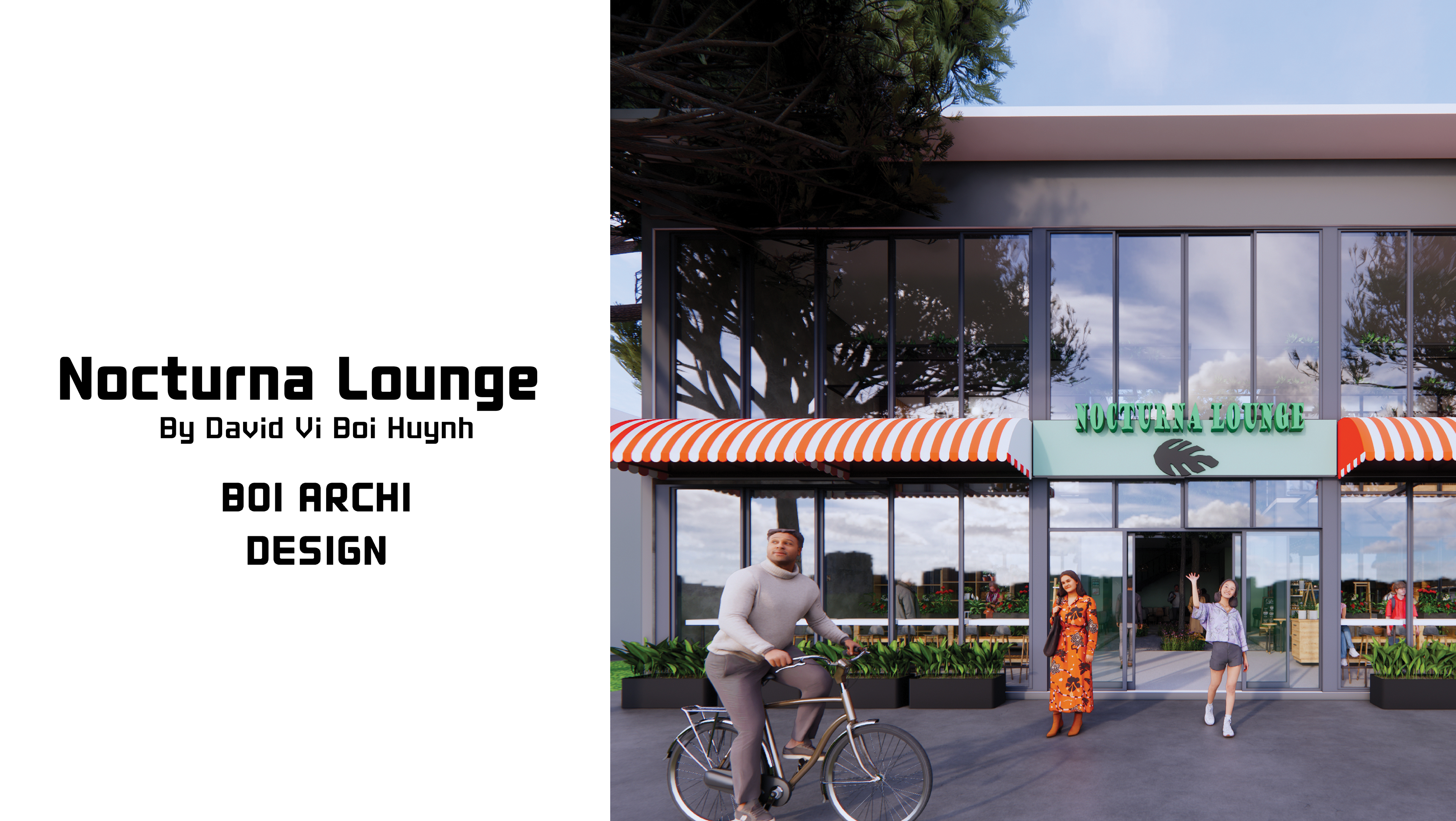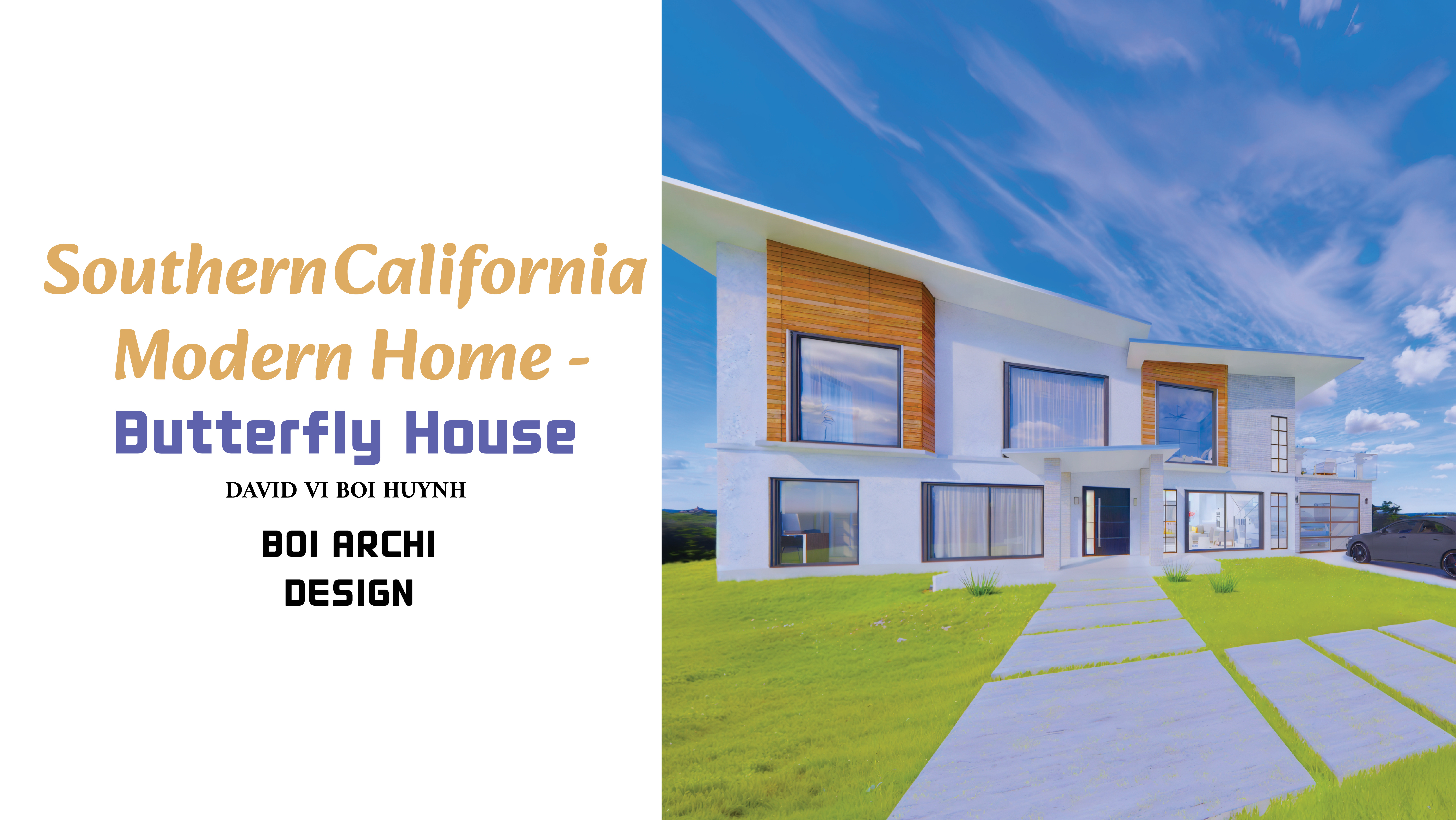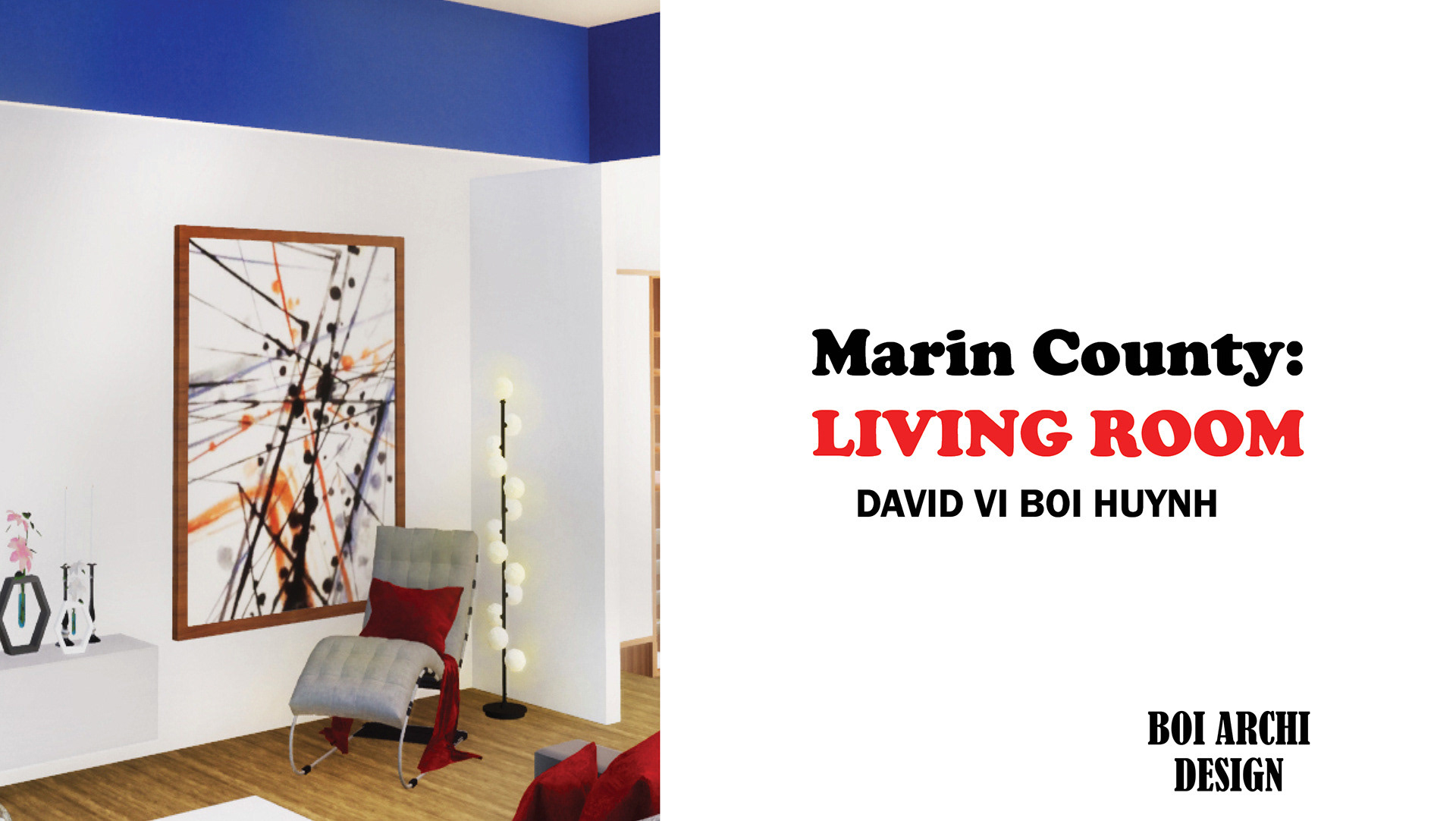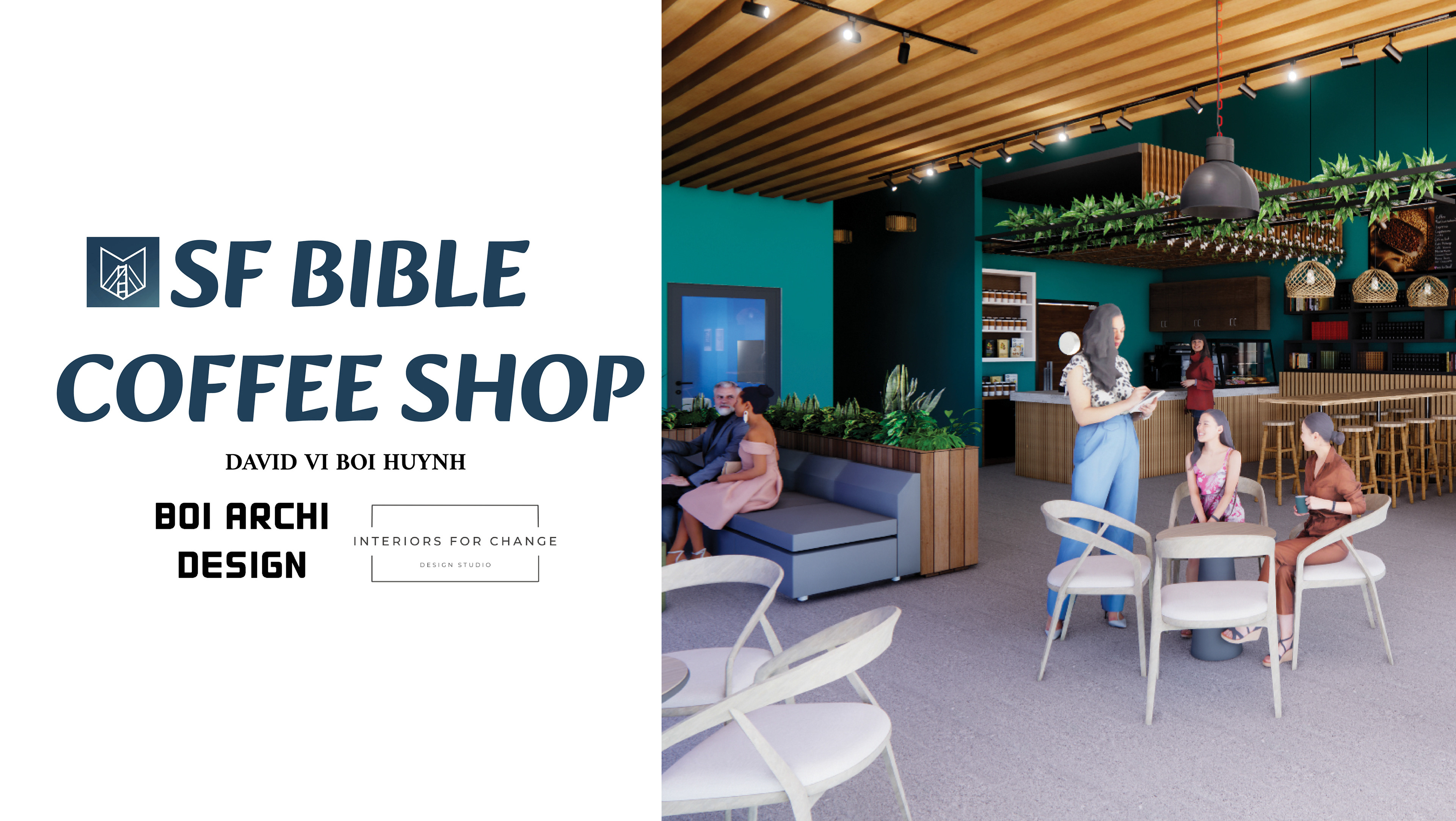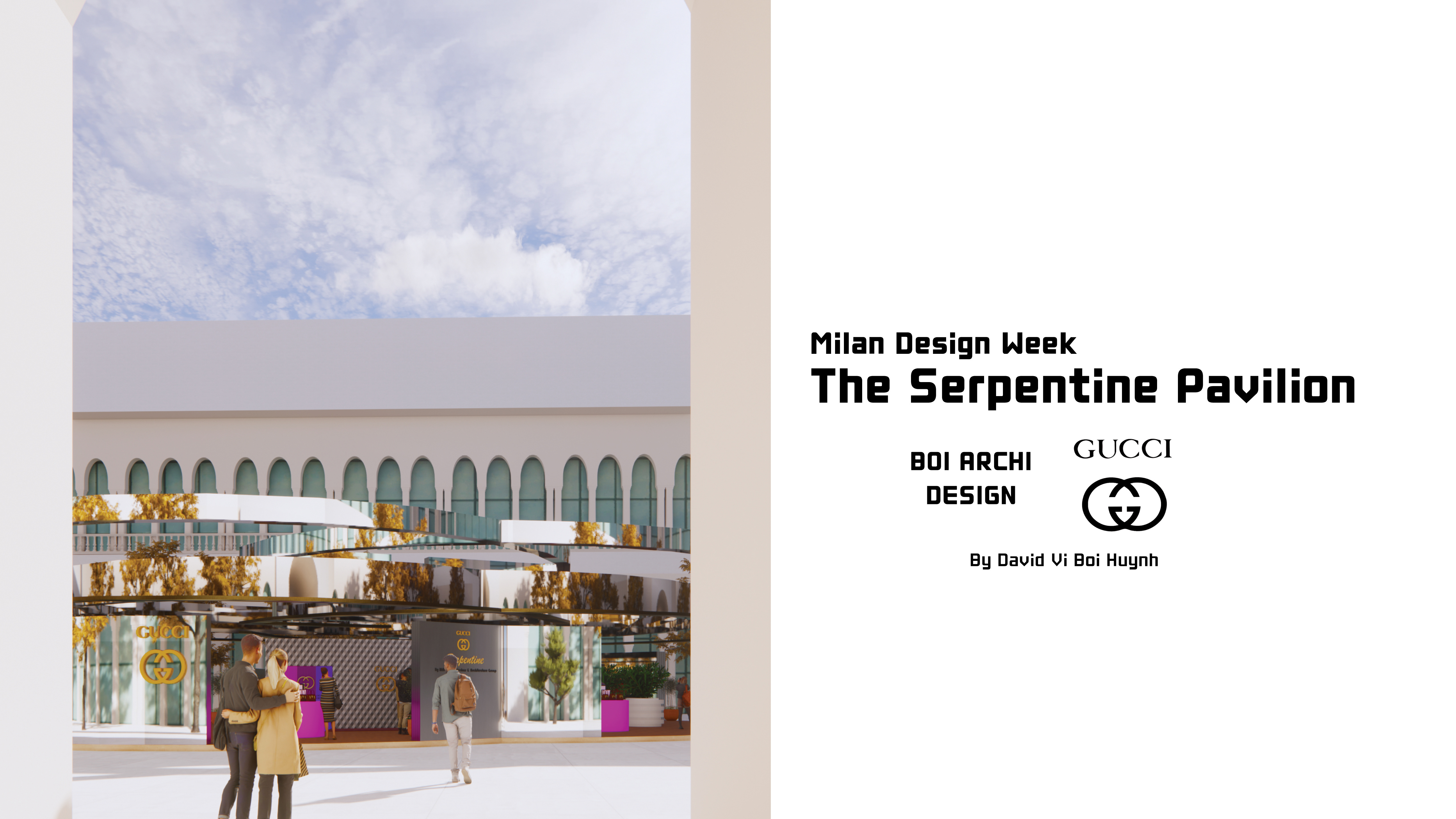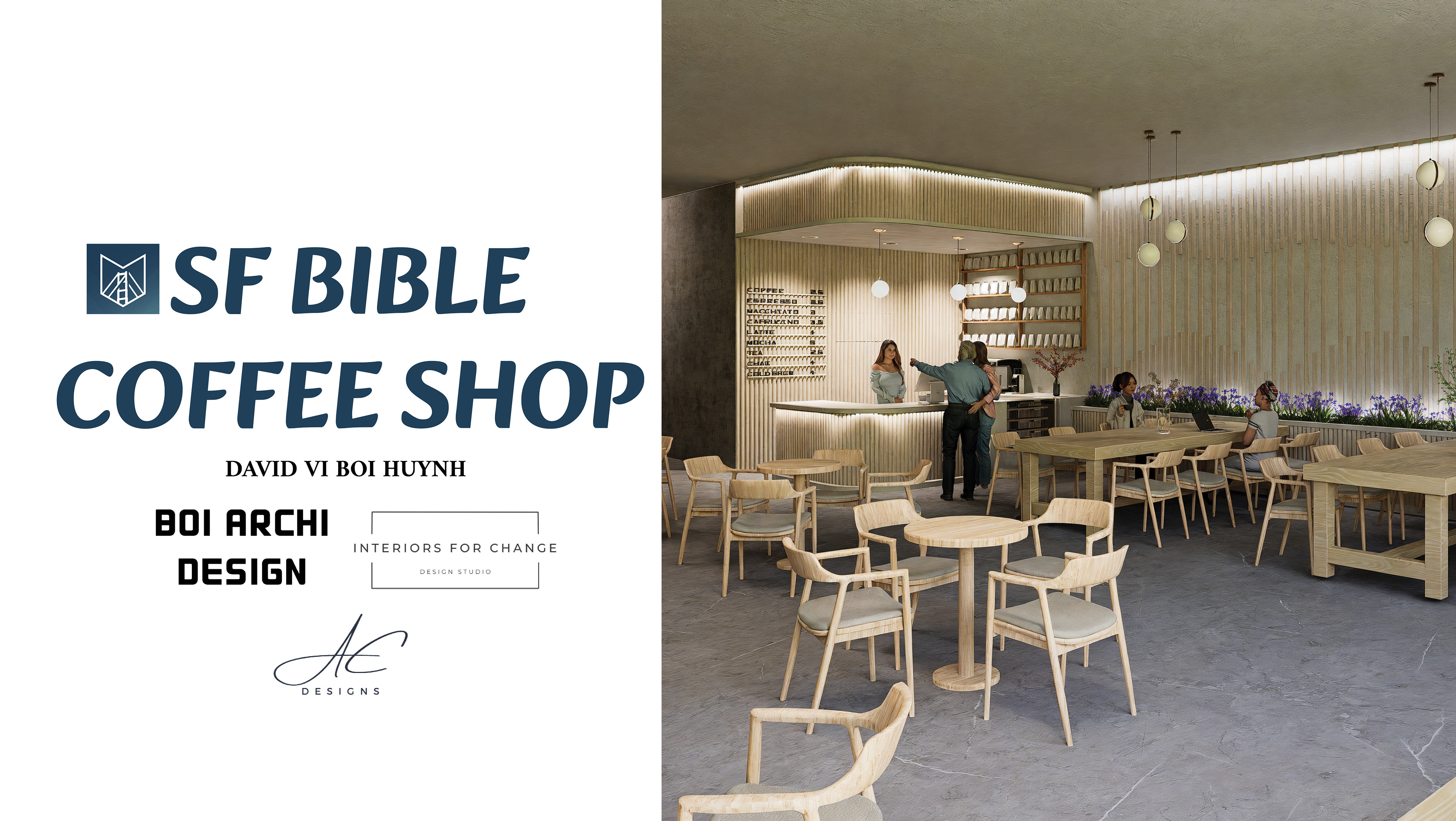Project: BRICK CHROME HOUSE (Milan Design Quartet Project 2024)
Client: LEGO Group | KIRKBI
Year: 2025
Typology: Product & Sustainability
Size: 3,400 sq. ft/ 316 sq. m
Status: Idea | In Design
Location: Milan, Italy
Event: Milan Design Week 2025
Client: LEGO Group | KIRKBI
Year: 2025
Typology: Product & Sustainability
Size: 3,400 sq. ft/ 316 sq. m
Status: Idea | In Design
Location: Milan, Italy
Event: Milan Design Week 2025
Collaborators:
BOI ARCHI DESIGN
BOI Design Studio
KIRKBI
BOI ARCHI DESIGN
BOI Design Studio
KIRKBI
Product:
Play, Education & LEGO Foundation | LEGO Sets
Play, Education & LEGO Foundation | LEGO Sets
Innovation and Sustainable Product: Paper Package, and recycled bricks
AutoCAD | SketchUp | Enscape | Adobe Indesign | Adobe Illustrator | Adobe Photoshop
Why did I choose this location?
Milan, globally recognized as a hub for design, fashion, and innovation, is the ideal location for this architectural and experiential showcase. The city’s deep-rooted culture in craftsmanship, sustainability, and forward-thinking creativity makes it the perfect stage for an event that fuses luxury, performance, playfulness, and timeless elegance.
Milan, globally recognized as a hub for design, fashion, and innovation, is the ideal location for this architectural and experiential showcase. The city’s deep-rooted culture in craftsmanship, sustainability, and forward-thinking creativity makes it the perfect stage for an event that fuses luxury, performance, playfulness, and timeless elegance.
*Milan Design Week
What is it?
Milan Design Week is the world’s most influential design event, bringing together global brands, architects, artists, and innovators to showcase cutting-edge ideas across architecture, product design, and sustainability. The event fosters dialogue on the future of design by blending tradition with groundbreaking technology.
What is it?
Milan Design Week is the world’s most influential design event, bringing together global brands, architects, artists, and innovators to showcase cutting-edge ideas across architecture, product design, and sustainability. The event fosters dialogue on the future of design by blending tradition with groundbreaking technology.
Why Milan Design Week?
This event was chosen because it provides:
A prestigious platform for showcasing architectural and product innovation.
A cross-disciplinary exchange between fashion, design, and sustainability.
A rich cultural backdrop, engaging global audiences, and industry leaders.
This event was chosen because it provides:
A prestigious platform for showcasing architectural and product innovation.
A cross-disciplinary exchange between fashion, design, and sustainability.
A rich cultural backdrop, engaging global audiences, and industry leaders.
Concept
The PlayWell Pavilion: Brick Chrome House transforms the essence of LEGO into an architectural expression of creativity, modularity, and environmental responsibility. Designed as part of the Milan Design Quartet, this pavilion highlights LEGO's mission to become the world’s Net Zero CO₂ toy company, celebrating its commitment to sustainable materials and circular design.
With bold geometric form, playful identity, and a material palette derived entirely from recycled and low-impact components, the pavilion reflects the LEGO Group's belief that great design builds a better future—brick by brick.
Architectural Design & Material Strategy
*Structure
Constructed using a framing system of recycled wood, the structure mimics LEGO’s modular interlocking principle, scaled up to an architectural level.
*Structure
Constructed using a framing system of recycled wood, the structure mimics LEGO’s modular interlocking principle, scaled up to an architectural level.
Exterior surfaces are finished with recycled plastic cladding, giving the walls a colorful, tactile identity that pays tribute to LEGO’s iconic brick texture.
*Roof
A series of three bold circular rings crowns the structure, referencing LEGO’s mechanical Technic system and symbolic of unity, innovation, and sustainability.
A series of three bold circular rings crowns the structure, referencing LEGO’s mechanical Technic system and symbolic of unity, innovation, and sustainability.
These rings are clad in recycled mirror aluminum panels, creating reflective surfaces that interact with the sky and surroundings in the courtyard of a historic building
Atop each ring is a lightweight ETFE (Ethylene Tetrafluoroethylene) membrane embedded with programmable LED lights—creating a playful, ever-changing visual effect, especially at night.
*Flooring & Foundation
Interior floors are laid with sustainably sourced wood, grounding the experience in warmth and comfort.
Interior floors are laid with sustainably sourced wood, grounding the experience in warmth and comfort.
The pavilion stands on a low-carbon concrete foundation, minimizing embodied carbon and ensuring long-term reusability.
*Sustainability
The pavilion's entire design champions LEGO’s sustainable innovation goals:
The pavilion's entire design champions LEGO’s sustainable innovation goals:
Recycled Plastic Finishes: Exterior panels are composed of upcycled LEGO materials and prototypes from retired brick lines.
Recycled Wood Frame: All primary structural members are sourced from FSC-certified or reclaimed sources.
ETFE Roof: A 100% recyclable material, ETFE is lightweight and significantly reduces structural load and material waste.
Low-Carbon Concrete: Engineered to lower emissions by over 50% compared to standard concrete.
*Iconic Installations
Twin Minifigures are standing prominently at the east and west ends of the pavilion, two monumental LEGO minifigures serve as iconic visual anchors:
Twin Minifigures are standing prominently at the east and west ends of the pavilion, two monumental LEGO minifigures serve as iconic visual anchors:
One constructed from recycled plastic, representing LEGO’s current sustainability strategy—reusing and reprocessing legacy materials.
One crafted from solid wood, echoing LEGO’s origins (1932) and symbolizing its return to natural, biodegradable sources.
Together, they embody LEGO’s design evolution, balancing innovation and tradition while looking ahead toward a carbon-neutral future.
Visitor Experience
The PlayWell Pavilion invites visitors to interact, build, and reflect:
The PlayWell Pavilion invites visitors to interact, build, and reflect:
Hands-on Build Zones with plant-based bricks encourage playful experimentation.
Interactive digital walls allow visitors to design their own virtual minifigures using only sustainable materials.
Circular storytelling exhibits educate the public on LEGO’s closed-loop systems, from material reuse to sustainable packaging initiatives.
Conclusion
This pavilion doesn’t just display sustainability—it is built from it. The design encapsulates the joy of construction, the beauty of reuse, and the vision of a toy company reimagining its global impact.
This pavilion doesn’t just display sustainability—it is built from it. The design encapsulates the joy of construction, the beauty of reuse, and the vision of a toy company reimagining its global impact.
It stands as a playful beacon of hope, demonstrating that design, regardless of its modularity or minuteness, can shape a brighter, cleaner, and more creative future.
